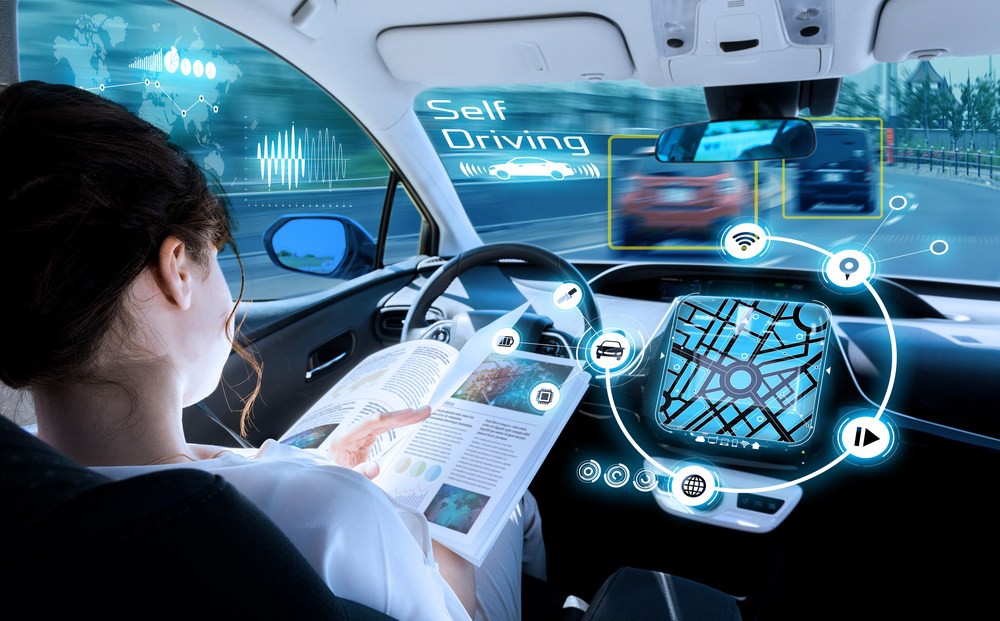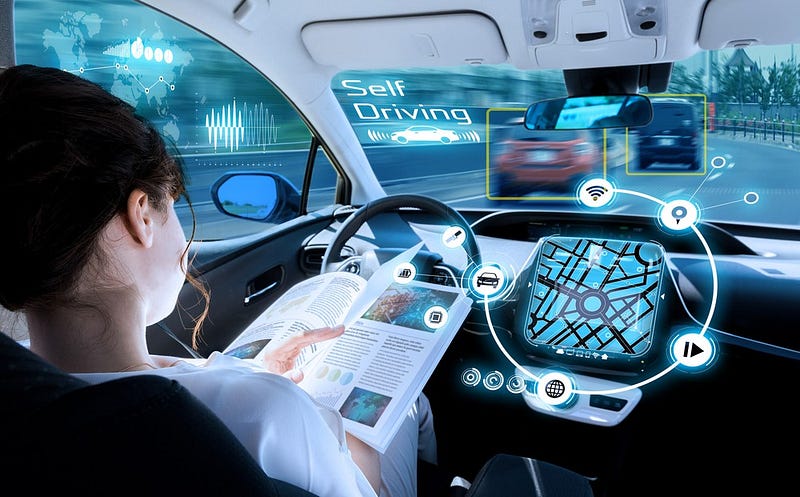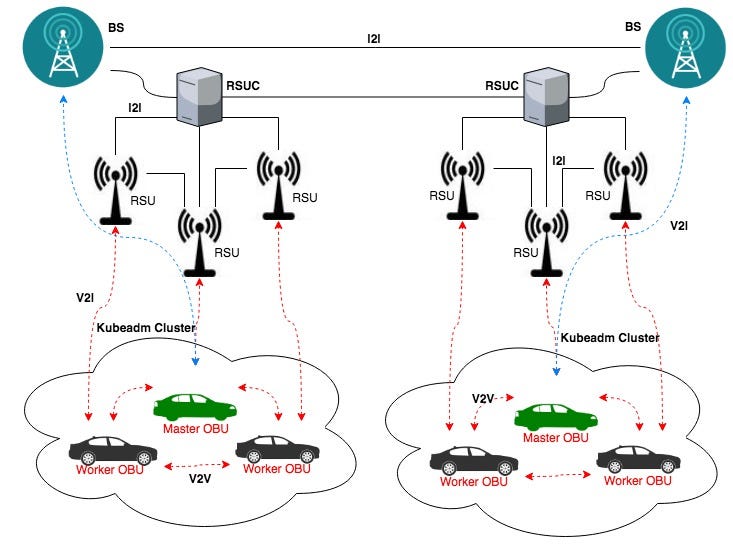
Are We Ready to Give AI Control Over Our Decisions? Is Self-Driving Good Enough to Rely On?
- Post by: Hani Sami
- 10 February 2021
- No Comment
In the past decade, computerized systems have observed major shifts in multiple fields and are the main drivers of the current industrial revolution. This includes the improvements in mobile application development, new social media platforms, enhancements in navigation systems, the integration of sensors in smart devices, and many more.
But this will be non stop. Data generated from the new types of software and physical systems are generating humongous amounts of data, which scientists and industry workers are making perfect use of in many aspects. For example, recommendation systems, image recognition, voice processing, making complex decisions, and competing with human brains are all a product of these collected data. These applications observed light after the prolonged research studies in the Machine Learning field. Lately, the development of agents that are able to play video games, control robots, and drive cars are some of the latest AI breakthroughs.

Everyone now is aware of the presence of AI and continuous scientific research in that field. We used to read about AI in scientific papers or we find it in mobile applications like Siri, image recognition on Facebook or Google Photos, Speech Recognition in the latest iOS translator, or we watch videos about robots by DeepMind beating top players in board games like Go. But it does not stop here, AI agents became responsible for taking critical human decisions that can threaten lives.
Yes, we all like the technology advancement and we dream about our next smart vehicle that can drive itself to work, but many of us still have the fear of counting on AI, especially that we keep hearing news about car accidents caused by autonomous vehicles on roads. Let’s take an example of Tesla, the leading car manufacturer that was the first to launch its self-driving car to the market, but it was not good enough. Let’s watch together this short video about one of the Tesla car
accident.http://mttcleb.com/media/ff043f0d197ca21542823633ec80d9c8
What might have caused such accident? There are many possibilities, but the first blame that can come to mind is on the autopilot system for this car.
The AI Behind Self-Driving Cars
Using the vehicle integrated radars and sensors, it is capable of collecting real-time data from its surrounding, which is used to make prompt decisions. The self-driving AI agent is usually based on a Deep Reinforcement Learning algorithm responsible for making such decisions. These models learn by trying and evaluating the effectiveness of their decisions to go back and train. Referring to the Tesla accident, it might be that the driving agent has never encountered a situation of a white truck laying on the road, so it will not be capable of taking the right action.
So what are the existing issues in AI for self-driving cars that researchers are still fighting to overcome?
- Collected data by a vehicle might not be enough to make decisions.
- A defected sensor can cause troubles when making decisions.
- The agent might still miss some states, so when encountered, it cannot make the right decisions.
- Computing power on the vehicle might not be enough to process data, ask AI for decisions, do model improvements, and handle the car system.
- Vehicular environments are subject to security attacks, making the AI system vulnerable
So how can we avoid similar AI mistakes?
Well, you asked, here are a couple of proven methods:
- Build a vehicular server called “Vehicular Fog” that can assist the autonomous vehicle in data collection, task processing, services hosting, taking intelligent decisions, and providing a secure network environment for vehicles to avoid attacks.
- Use existing road resources such as the available computing resources of neighboring vehicles.
- Update the AI model in a lightweight approach to improve its intelligence
- Stabilize network connection between vehicles and services gateways
On-Demand Fog Computing
The above described solutions are leveraged through the so called On-Demand Fog.

Recent research studies have leveraged the use of vehicular fog computing to aid smart vehicles. The idea behind fog computing is simple. It’s a service that runs on top of any computing device to help other requesting users. The same thing applies for vehicular fogs, but in this scenario fogs serve vehicles.
But how fogs can be created on-demand? and how this helps smart vehicles and the autopilot agent avoid the aforementioned issues?
To provide vehicular fog support to smart cars, we need to cluster neighboring vehicles, install services on them, and manage network connections as well as services. But the vehicular environment is very dynamic, therefore the supporting vehicles can change a lot. Thus we need a fast cluster formation and management, in addition to fast and reliable service installments and updates.
To tackle these issues, containers of micro-services can be utilized to push services to cars on-demand or to install newly updated AI models. One of the leading Container technologies is Docker.
The management of these containers is already thought of and achieved using Google’s leading container orchestration solution, Kubernetes.
Using these technologies, we can maintain highly available services and computing resources for smart vehicles. This helps in data exchange, model updates, task execution to not exhaust the smart vehicle resources, and a stable network connection to its surrounding. Such network architecture can be presented as shown in the below figure.

If you would like to learn about this solution, how clusters are established, services are installed and managed, and the network is maintained using a well-designed network architecture, you can visit the paper in the link below:
Vehicular-OBUs-As-On-Demand-Fogs: Resource and Context Aware Deployment of Containerized…
To find more about the on-demand fog and how it utilizes the architecture of microservices, Docker and Kubernetes, here is a link to the original article:
Dynamic On-Demand Fog Formation Offering On-the-Fly IoT Service Deployment – IEEE Journals &…
Despite the ongoing improvements in autonomous vehicles and autopilot agents, some serious consideration should be taken to cover some edge cases as described in this article. This is one potential approach that can be adapted and applied to our existing road infrastructure and smart vehicles using leading service and orchestration technology. Hence, using on-demand vehicular fogs can serve AI and help in avoiding serious decision problems.
Let me know what you think and feel free to put your questions and comments below. I will be more than happy to answer!
